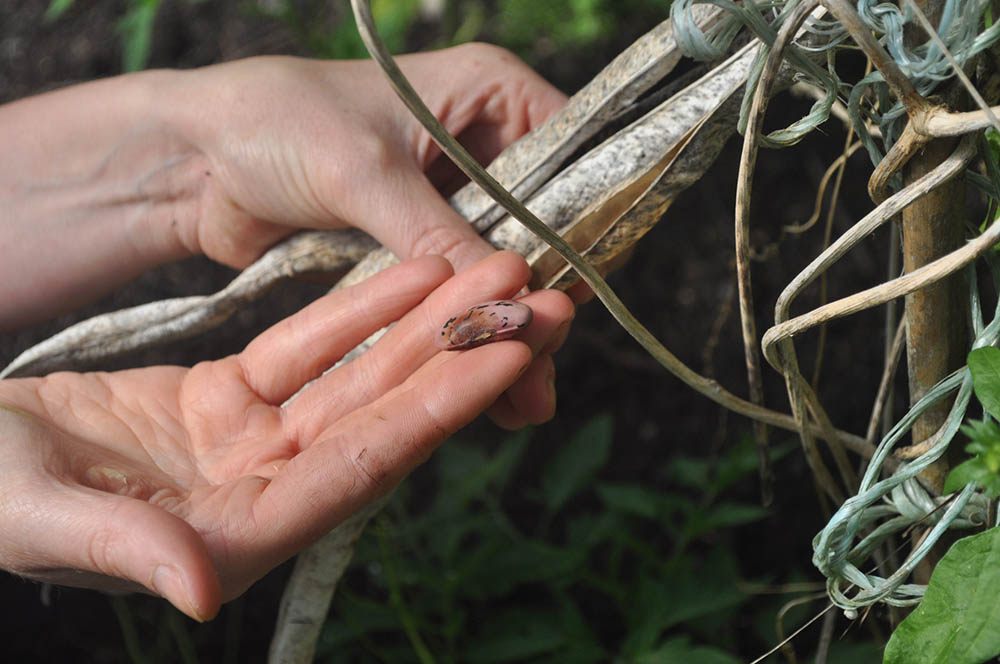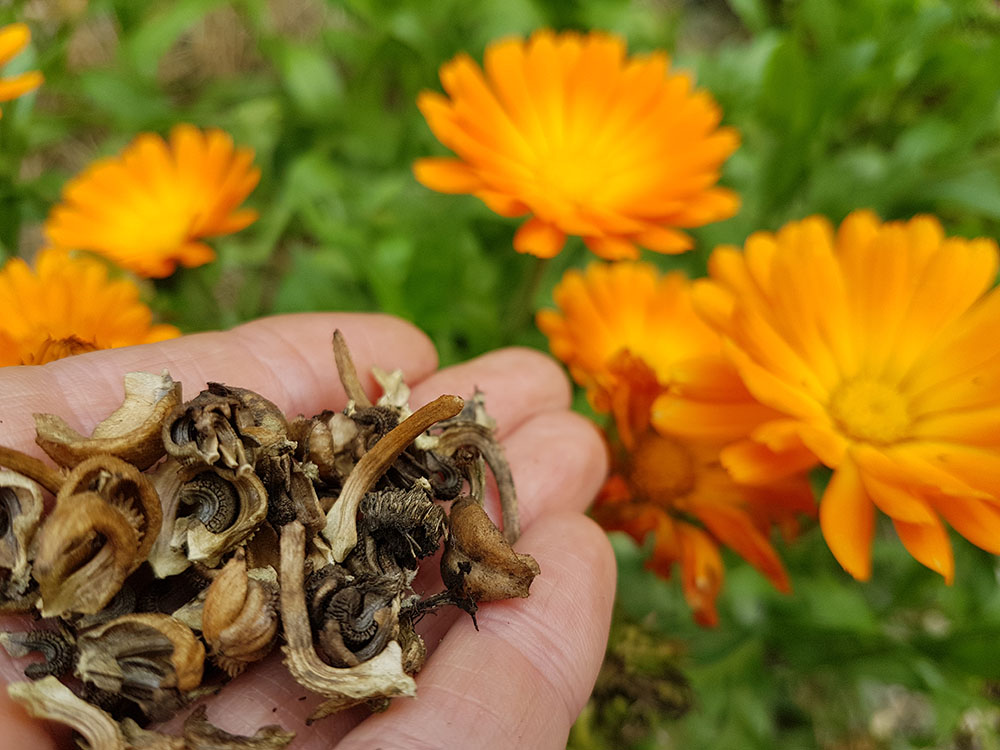Kim Stoddart explains how to save some of your own seed both now and thinking ahead for the following year
Whilst I am as keen a peruser of gardening seed catalogues as the next person, there is something so very satisfying about home seed saving that money simply cannot buy. The process of sowing a seed, to growing a plant, collecting the seed to be planted the following season provides a full circle connection that is simple yet wholesome in this increasingly worrying planet of ours. It is also many believe a good way of creating seed that has become more adapted to the growing conditions in which it was formed; namely your smallholding. So when it comes to building resilience – it’s probably one of the finest things you can do.
There’s nothing new about seed saving. It used to be a firm part of the gardening calendar in fact before we all got so used to buying things in. Of course realistically to save all your own seed would be incredibly time-consuming and stressful (believe me I’ve been there), but on a small scale, saving and experimenting with some each season is fun, rewarding and an increasingly sensible move.
So whether you’re new to this entirely, or have dabbled already in the past, here’s a look at just some of easiest (and best) produce with which to work in September.
Peas
If you have some plants still on your patch, why not leave a few of the best-looking pods to grow on and fatten for saving. Peas are self fertile which means they don’t cross with any others so you’re good to save from even a couple of plants.

Beans
French beans are the easiest, most reliable variety with which to work as broad beans and runner beans will cross if you have a few varieties growing. That doesn’t mean to say you shouldn’t try, just that you might find you have created your own hybrid as a result.
Chilli and tomatoes
Again these are good to save from. Chillies if they cross will just get hotter so if you’re a chilli lover I’m taking it you can handle that. Tomatoes again are straight forward. It’s just the seed collecting bit that’s rather fiddly. If you want to ferment the seed in water as is commonly recommended then do that, otherwise many people (myself included) have dried the seeds out on paper instead. This does mean your seed comes now attached to said paper but considering it’s a compostable item I don’t think that matters a jot.
Leeks
If you can hold back from harvesting all your leeks over winter, I highly recommend leaving at least a few in the ground so they can flower and set seed next year. The flower heads are stunning and attract a wide array of bees and butterflies for weeks on end and the resulting seed is plentiful and productive. Yes, you won’t get prize winning monster leeks off doing this, but personally I think the prize is in the tasting and not the size, in which case these reward hands down.
Parsley
Otherwise leaving some parsley in the ground so it can flower and set seed the following spring is a good self seeding option. Parsley can be quite tricky to germinate from seed, yet when you allow it to do so itself it really isn’t and the resulting seedlings have required little to no effort from you at all.
Seed saving from the varieties mentioned in this article will work with the exception of any seed which is labelled F1 on the packet. This is because F1 indicates the seed has been created from different parentage so the resulting seed for you would not be the same as that supplied in the packet. Choose the best looking examples of produce you. This way you are ensuring the best genetic traits in the seed you produce for the following season.
This article first appeared in the September issue of Country Smallholding magazine
